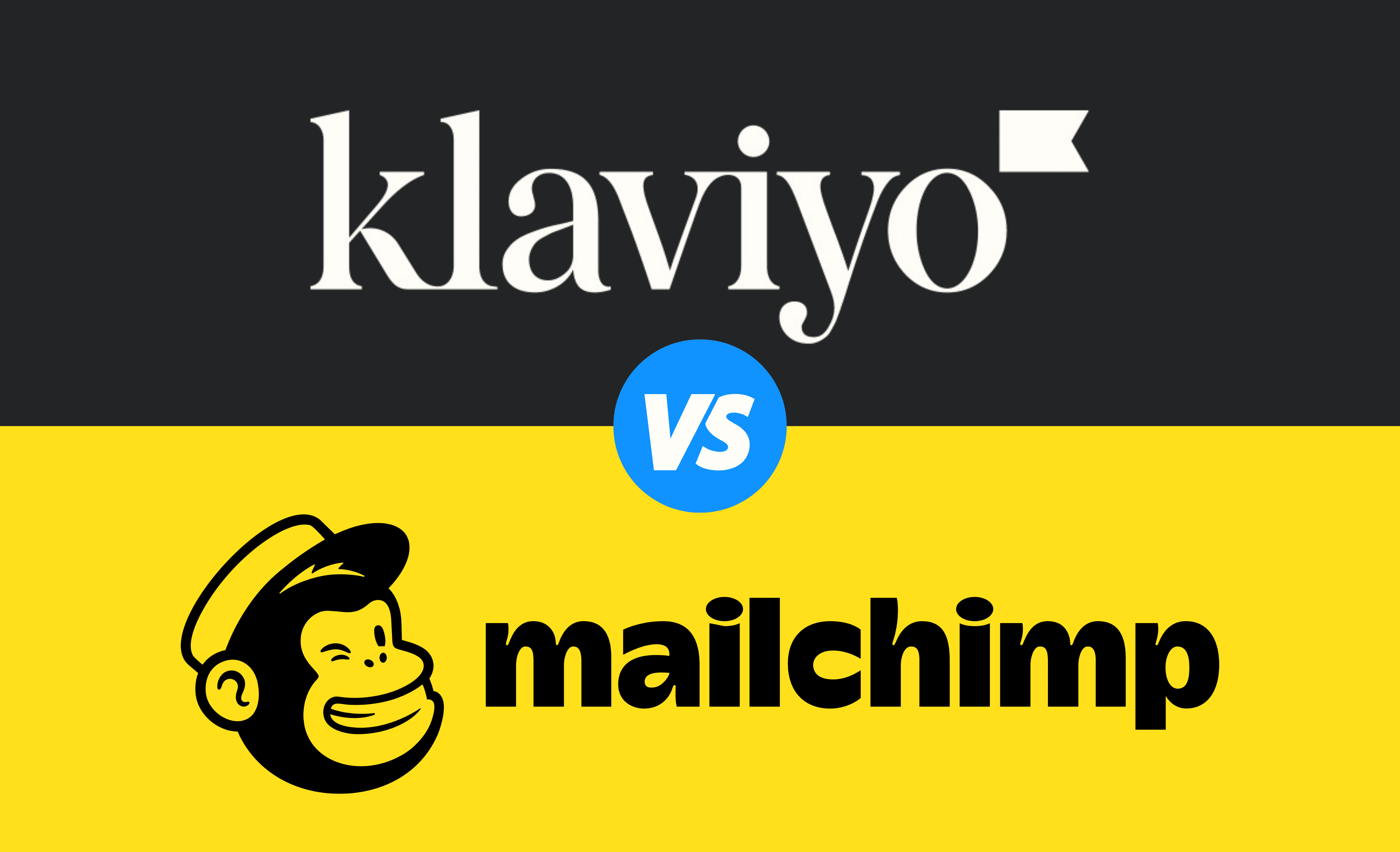As a business owner, knowing how to engage with your customers is key to building strong relationships and driving sales. Two terms often thrown around in the digital marketing world are “remarketing” and “retargeting.” While they might sound similar, they represent distinct strategies aimed at re-engaging your audience.
The main difference between remarketing and retargeting is that remarketing typically involves re-engaging existing while retargeting focuses on moving potential customers (who have visited your website but didn’t convert) through the sales funnel. Essentially, remarketing focuses on existing customers, and retargeting typically refers to focusing on new customers.
We’ll help you understand the difference between remarketing and retargeting strategies and when to use remarketing vs retargeting to move existing and potential customers through your sales funnel.
What is Targeting in Digital Marketing?
When it comes to advertising, targeting involves identifying and reaching specific segments of your audience based on certain criteria like demographics, behaviors, and interests. It’s an important part of a comprehensive SEO plan, particularly for e-commerce businesses looking to increase online sales.
Effective targeting helps ensure that your marketing efforts are directed toward those most likely to be interested in your products or services, increasing the efficiency of your campaigns and driving better results.
What is Remarketing?
Remarketing is a strategy that focuses on re-engaging existing customers who have previously interacted with your business but have not completed a desired action, such as making a purchase. This interaction could be through visiting your website, adding items to their cart, or signing up for a newsletter. Remarketing typically involves sending follow-up emails or displaying retargeting ads to remind customers of your offerings, encouraging them to return and complete their transaction.
Remarketing Strategies and Techniques
A good remarketing campaign combines a number of different strategies to re-engage customers. These strategies can include personalized email campaigns, targeted ads, and special promotions designed to draw customers back in.
- Email Campaigns: One of the most common forms of remarketing is through email campaigns. By collecting email addresses through various channels, you can send personalized messages to your audience, offering discounts, product recommendations, or reminders about abandoned carts.
- Google Remarketing: Using Google Ads, you can serve paid ads to existing customers who have previously made a purchase through your site. These ads appear across the Google Display Network, keeping your brand top-of-mind as users browse other websites.
- Social Media Remarketing: Social media platforms like Facebook and Instagram allow you to target ads to users who have interacted with your brand. By using tracking pixels, you can create custom audiences based on past website visits or app interactions.
What is Retargeting?
Retargeting campaigns, on the other hand, specifically involve targeting users who have visited your website or engaged with your content but did not convert. Unlike remarketing, which can encompass a broader range of re-engagement tactics, retargeting is heavily focused on paid advertising. The primary goal is to bring potential customers back to your site and encourage them to complete the desired action.
Retargeting Strategies and Techniques
Similar to remarketing, retargeting efforts also work best when you combine multiple retargeting tools to create a cohesive and engaging experience that encourages users to return and complete their purchase.
- Pixel-Based Retargeting: This method uses cookies placed on a user’s browser to track their activity. When users leave your site without converting, the cookie triggers ads to be displayed to them as they visit other websites. This keeps your brand visible and encourages return visits.
- List-Based Retargeting: If you have a list of contacts (such as email subscribers), you can upload this list to different ad networks like Google or social media platforms such as Facebook or Instagram. These platforms then match the list to user profiles and serve ads specifically to these individuals.
- Dynamic Retargeting: Dynamic retargeting takes personalization a step further by showing users paid ads featuring the exact products or services they viewed on your site. This approach is highly effective for e-commerce businesses looking to remind potential customers about specific items they were interested in.
What are the Differences Between Retargeting and Remarketing Campaigns?

While both remarketing and retargeting aim to re-engage potential customers, they have some key differences:
- Target Audience: Remarketing typically targets a broader audience who have interacted with your brand in various ways, while retargeting focuses specifically on users who have visited your website but did not convert.
- Channels Used: Remarketing often utilizes email marketing and can include other tactics like SMS or direct mail, whereas retargeting is primarily focused on online ads across various websites and platforms.
- Data Utilization: Remarketing can be based on a wider range of data points, including email interactions and user behavior across different touchpoints. Retargeting is generally more narrowly focused on website behavior and ad interactions.
- Personalization: Retargeting, particularly dynamic retargeting, offers a high degree of personalization in the ads shown to users. Remarketing can also be personalized, but the level of detail often varies based on the strategy used.
Benefits of Remarketing and Retargeting Campaigns
If you’ve ever been on the receiving end of a remarketing or retargeting ad, you likely already know how influential and effective they can be. Successful retargeting and remarketing campaigns can significantly increase sales for business owners.
- Increased Conversion Rates: By re-engaging users who have already shown interest in your products, both strategies can significantly boost your conversion rates. These users are often closer to making a purchase, making them more receptive to follow-up messages and ads.
- Cost-Effectiveness: Since remarketing and retargeting focus on individuals who are already familiar with your brand, the cost per conversion is typically lower compared to targeting entirely new audiences.
- Brand Recall: Consistently appearing in front of potential customers through remarketing and retargeting is an important component of brand awareness campaigns and helps increase the likelihood of future conversions.
- Improved ROI: By targeting users who are more likely to convert, you can achieve a higher return on investment (ROI) from your marketing campaigns. Both remarketing and retargeting strategies allow you to allocate your budget more efficiently and achieve better results.
Common Mistakes to Avoid in Remarketing and Retargeting
While remarketing and retargeting can be powerful tools, it’s important to avoid certain mistakes that can make them less effective:
- Overexposure: Bombarding users with too many ads can lead to ad fatigue and annoyance. Set frequency caps to limit how often your ads are shown to the same users.
- Poor Segmentation: Failing to segment your audience properly can result in generic messages that don’t resonate with users. Tailoring your campaigns based on user behavior and interests is key to driving engagement.
- Ignoring Ad Creative: Using the same ad creatives repeatedly can lead to diminishing returns. Regularly refresh your ad visuals and copy to maintain user interest and prevent ad fatigue.
- Neglecting Mobile Users: With the increasing use of mobile devices, you have to make sure your remarketing and retargeting campaigns are optimized for mobile. Mobile-friendly ads and landing pages can enhance the user experience and drive better results.
Choosing the Right Strategy to Engage Your Existing Customers
Now that you know the difference between remarketing and retargeting, you can choose the best strategy for your specific goals, audience, and resources.
Here are some things to keep in mind:
- Goal Alignment: If your primary goal is to re-engage existing customers who have already interacted with your brand across various touchpoints, remarketing might be the best choice. For more focused efforts on bringing back website visitors, retargeting is ideal.
- Audience Size: Consider the size of your audience and the data available. Remarketing can be effective with smaller, more defined lists, while retargeting works well for larger audiences based on website behavior.
- Budget Allocation: Determine your budget and allocate it based on the expected ROI. Retargeting ads can be cost-effective for driving immediate conversions, while remarketing campaigns might require a longer-term investment.
- Campaign Integration: Both strategies can complement each other when used together. For instance, you could start with retargeting ads to bring users back to your site and follow up with remarketing emails to nurture the relationship further.
Level Up Your Digital Marketing Strategy With Remarketing and Retargeting Campaigns

Boosting your digital marketing strategy can be as simple as integrating both remarketing and retargeting campaigns. When you understand the differences between remarketing vs retargeting, you can tailor your approach to match the specific behaviors and needs of your audience. This combination keeps you connected with potential customers at different stages, reinforcing your brand presence and encouraging them to make a purchase. Embracing these complementary techniques will help you maximize your marketing ROI and drive steady growth for your business.




